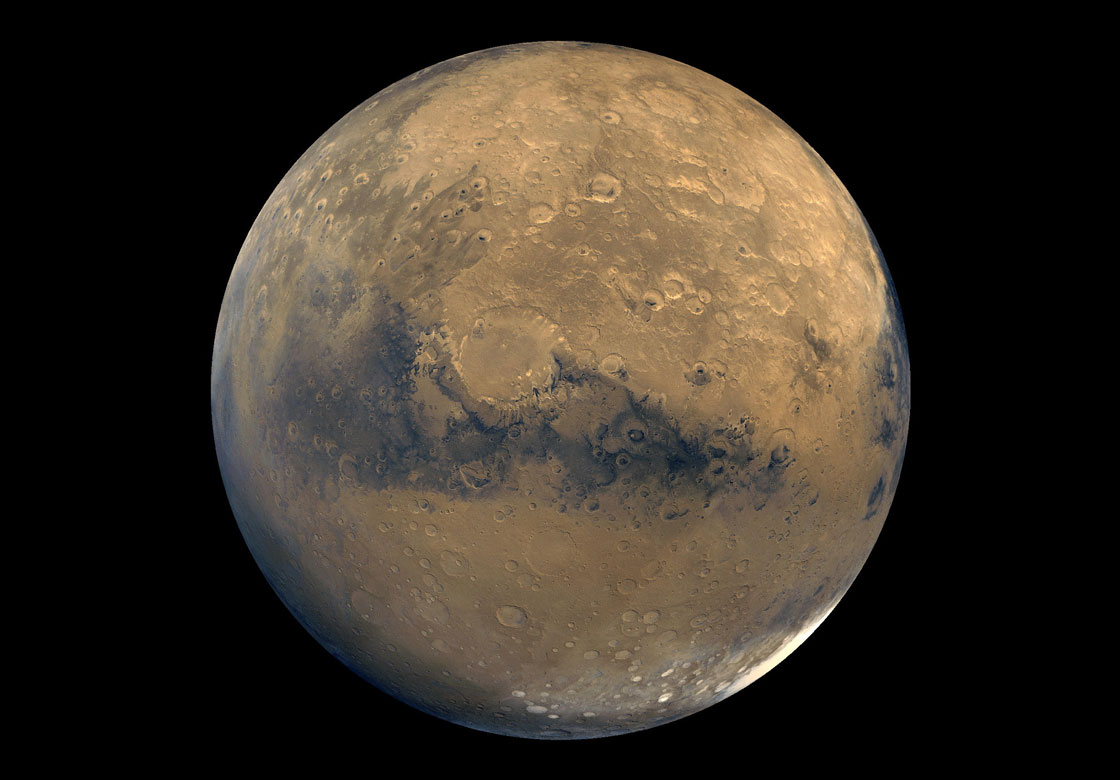TORONTO – Do you remember ever being woken up by the bright light of Mars shining in your window?

Of course you don’t.
That’s because it has never happened. Nor will it ever.
(It seems that I’m all about busting myths this week.)
Despite this fact, every year a story circulates around the Internet, invariably showing up on Facebook pages advising everyone to be sure to catch this once in a lifetime event. Take this one, for instance:
WARNING! August 27 at 00:30 Lift up your eyes and look up at the night sky. On this night, the planet Mars will pass just 34.65 million miles from the earth. To the naked eye it looks like two of the moon above the ground! The next time Mars will be so close to the Earth as much as in 2287. Share the news with your friends, because no one living on this earth has ever seen!
Let’s delve into the science here.
First of all, our moon is 37,936,694.79 square kilometres. As I write this, it is roughly 375,000 km away.
To compare, Mars is 144,371,391 square kilometres. And, as I write this, it is roughly 347 million km away.
That makes Mars — which is about four times larger than the moon — about 900 times farther away from Earth than the moon.
Now, read that “warning” again. That’s right: it says that Mars will only be 34.65 million miles from Earth. That would be about 55 million km. The warning’s a little off in its math.
Check out this nifty site that gives you the distance to the moon and Mars measured in pixels (Hint: have patience…it takes a while).
That’s not to say that Mars hasn’t come that close to Earth.
On Aug. 27, 2003, Earth and Mars were only about 55 million km apart, which is probably how this hoax got started in the first place. And as prominent as it was in the sky that night, it still was a tiny red dot in the sky.
The distance between our two planets varies considerably.
Mars and Earth can be anywhere from 55 million km apart to about 400 million km. That’s because they both orbit, or circle, the sun at different velocities (Mars orbits at an average speed of 86,677 km/h; Earth orbits at an average of 107,218 km/h).
It takes Earth roughly 365 days to complete one orbit around the sun; it takes Mars 687 days. So that means that at some point we overtake Mars. Other times, we are fairly close. The average distance between our two planets is 225 million km.
Last week I visited an observatory and watched as Mars rose in the east just after Jupiter — around 4 a.m. I looked at it through a 14-inch telescope. Do you know what I saw? A red dot. Still marvellous, but it was small.
So I can assure you that you will not have to close your curtains at night to keep the pesky light of Mars from shining down on you as you sleep.
I can also assure you that you won’t have to wait until 2287 for Mars to be almost as close as it can get. In 2018, it will be 57.6 million km from Earth. But it will still look like a red star in the night sky.
And just so you know, if Mars ever did come so close that it appeared as big as a full moon, that would be a bad day for Earth: it would alter our gravity and raise the tides, probably killing most of humanity.
So when you do get a good look at Mars sometime in the fall or winter, be thankful it’s staying right where it is…give or take 350 million km.




Comments